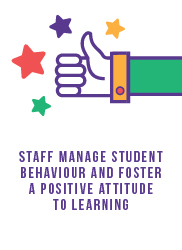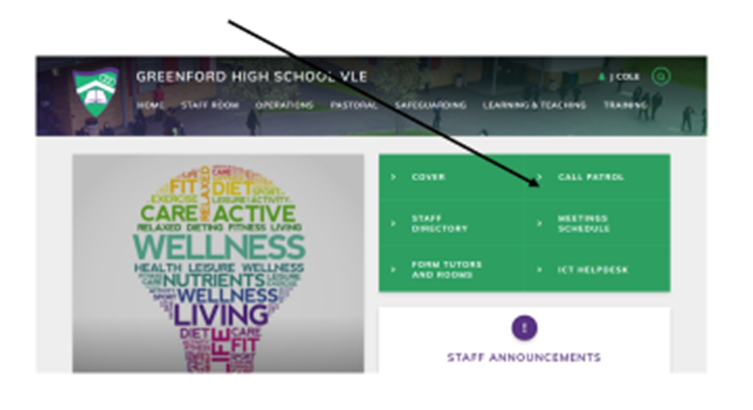Behaviour for Learning: When should I give a caution/yellow/red card? When should I call Patrol?

In the first instance, it's important to focus on life before a caution. This starts before the lesson so you ensure that students have work that they can access with sufficient scaffolding and modelling of explicit outcomes. In some cases, it might be helpful to evaluate the seating plan and make some strategic changes or it could be taking the time to read through SEND information on SIMS. Make sure you do 50/50 at the start of every lesson, greet all your students and have a task on the board or on a worksheet that students can and must get on with straight away. During the lesson, life before caution might be a look, a gentle tap on the shoulder, a private comment and giving students take-up time so that they can correct their behaviour.
If you've tried a few different ways to support a students to correct their behaviour then you might need to give them a caution for not following one or more of the school rules: ready, respectful and safe. The caution should be given to the student quietly/in private and the student should be clear why they have received the caution. Reiterate your expectations and give the student take-up time and the chance to correct their behaviour. Of course, you might be aware of an issue at home or in school that you feel warrants the student being given a bit more leeway so use your professional judgement on this.
Should a student not correct their behaviour after a caution, you can give a yellow card. Again, this should be done privately and the student should be clear why they have been given a yellow card. You can note the student's name down on the laminated card on your desk so that you can arrange a 15 minute detention for a corrective conversation with the student. This should be logged on SIMS as a yellow card.
If the poor behaviour persists, you might need to give a red card. This means that the student should be told privately so they know why they have been given a red card and then should be sent to the red card room. You will need to email or send another student to the red card room classroom to check that they have arrived. Work should be sent for the student to complete for the duration of the lesson. This should be logged on SIMS as a red card and a 30 minute detention given, on the day your department does them, so that you can have a corrective conversation with the student during this time.
Patrol
So, when should you call patrol? Patrol should only be called in very specific circumstances and must only be called using the "button" on the VLE (do not send an email to Patrol):

You need to complete all the fields of information and then select from the following for the reason for calling patrol:
- Fighting
- Swearing at staff
- Dangerous behaviour putting others at risk
- Damage to school property
- Student leaving the lesson without permission
There are a very small number of gaps on the timetable when there's no red card room available so you can select this option in those instances. The member of staff on patrol will take the student but you will need to log this as a red card and issue a 30 minute department detention on the day your department does them.
If you choose medical assistance/medical emergency then the medical team, rather than patrol, are notified.
Patrol should only be called for these reasons. If a student refuses to go the red card room then please select the no red card room available but explain to the member of staff on patrol that it was a red card but the student has refused to go. The member of staff on patrol will log this as a patrol call and issue a 1 hour detention.
If a student is defiant, not following instructions or won't stop talking, for example, then the caution/yellow/red card system should be used; patrol should not be called.
We hope this reminder of our systems is useful. If you'd like to go through any of them in more detail, then please come along to our Wednesday lunchtime behaviour for learning surgery in the classroom just off of the small gym.
Mark and Jo